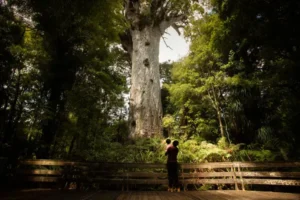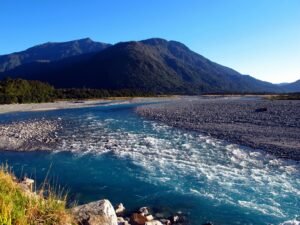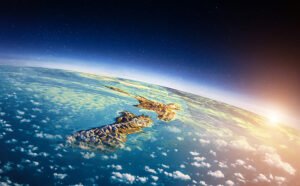
New Zealand, often dubbed the “Land of the Long White Cloud,” is renowned for its stunning landscapes, vibrant Maori culture, and friendly locals. While many tourists flock to the South Island to experience the breathtaking fjords and mountains, the North Island offers its own unique charm. Nestled in the heart of the North Island, you’ll find the picturesque city of Whangarei. In this 3000-word blog post, we’ll embark on a virtual journey to explore Whangarei, uncovering its natural wonders, cultural treasures, and everything in between.
Chapter 1: Introduction to Whangarei
Whangarei, pronounced “Fon-gah-ray,” is the northernmost city on New Zealand’s North Island. Located about 160 kilometers (100 miles) north of Auckland, it’s a haven for nature enthusiasts and adventurers. The name “Whangarei” translates to “waiting waters” in Maori, reflecting the serene harbors and rivers that meander through the region.
1.1 Geographical Beauty
Whangarei’s geographic diversity is one of its standout features. The city is surrounded by rolling hills, dense forests, and the Pacific Ocean, making it a prime destination for outdoor enthusiasts. The landscape is dominated by the volcanic peaks of the Whangarei Heads and the majestic Whangarei Falls, which plunge dramatically into a bush-clad gorge.
1.2 Rich Maori Heritage
Before European settlers arrived, the area was inhabited by the Ngāti Wai and Ngāpuhi tribes. Today, their presence is still felt in Whangarei through cultural attractions and historical sites. The city is home to several Maori marae (meeting grounds) and hosts events like kapa haka performances, providing visitors with a chance to immerse themselves in the local culture.
1.3 Arts and Culture
Whangarei boasts a thriving arts scene with numerous galleries and studios. The Claphams Clock Museum, Reyburn House Art Gallery, and Whangarei Art Museum are just a few places where you can appreciate the creativity and talent of local artists. The Quarry Arts Centre is also a hub for artists and craftspeople, offering workshops and exhibitions.
Chapter 2: Natural Wonders
2.1 Whangarei Falls
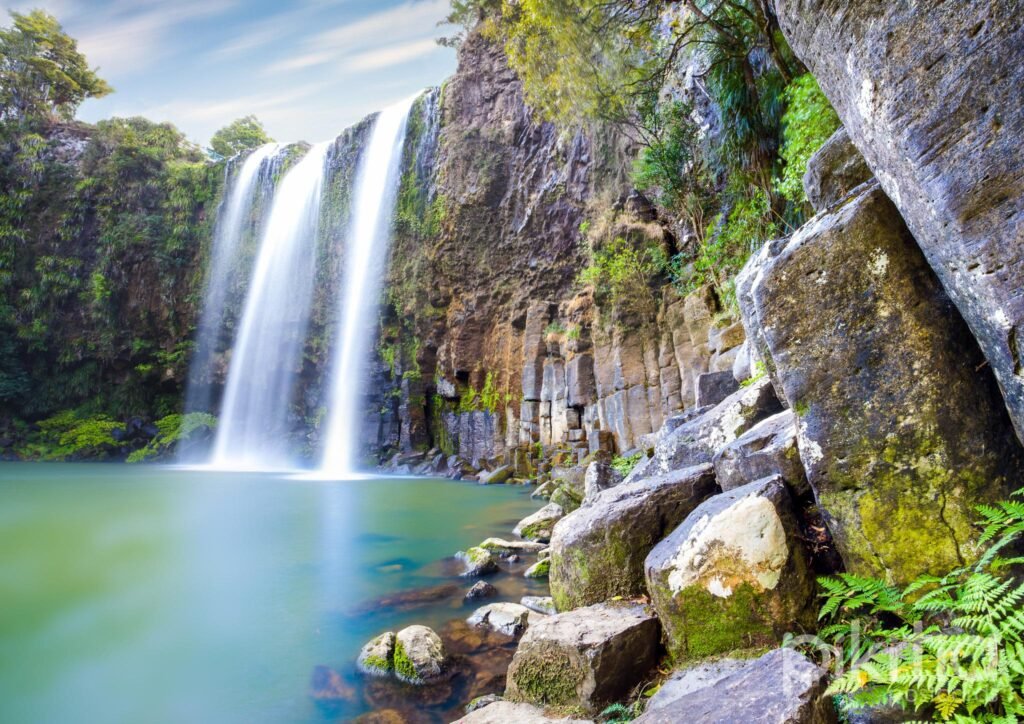
Our journey begins with a visit to the stunning Whangarei Falls, often referred to as “Whangarei’s Jewel.” These impressive falls are easily accessible from the city and offer a breathtaking spectacle as the Hatea River cascades over basalt cliffs into a plunge pool below. The falls are surrounded by lush native bush, making it a great spot for a leisurely walk or a family picnic.
2.2 Whangarei Heads
For those seeking more outdoor adventure, the Whangarei Heads is a must-visit destination. This rugged peninsula juts out into the Pacific Ocean, providing a stunning backdrop for activities such as hiking, fishing, and bird-watching. The Bream Head Scenic Reserve, with its well-maintained walking tracks, is a paradise for nature lovers. From the summit, you can enjoy panoramic views of the coastline and surrounding islands.
2.3 Poor Knights Islands Marine Reserve
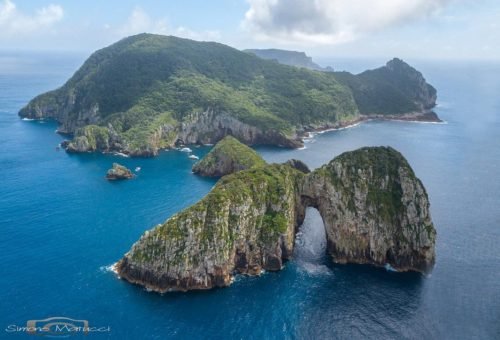
Just a short boat ride from Whangarei, you’ll find the internationally acclaimed Poor Knights Islands Marine Reserve. These islands are a diver’s dream, with crystal-clear waters, an abundance of marine life, and underwater caves to explore. Snorkeling and diving trips to the Poor Knights are readily available and offer an opportunity to witness the vibrant underwater world of New Zealand.
2.4 Abbey Caves
For those who prefer to stay dry but still want to explore the natural wonders of Whangarei, the Abbey Caves are a hidden gem. These limestone caves feature intricate stalactites and stalagmites, and you can explore them with a guided tour or on your own. Remember to bring a flashlight and suitable footwear for your underground adventure.
Chapter 3: Outdoor Adventures
3.1 Hiking and Tramping
Whangarei and its surrounding areas offer a plethora of hiking opportunities for all skill levels. The Whangarei Falls Walkway is a gentle stroll suitable for families, while the Hatea Loop Track takes you on a scenic journey along the Hatea River, passing through parks and gardens. Serious trampers can tackle the Te Araroa Trail, which spans the length of New Zealand and passes through Whangarei.
3.2 Water Sports
With its abundance of coastline and harbors, Whangarei is a water sports enthusiast’s paradise. Kayaking, stand-up paddleboarding, and sailing are popular activities in the area. The city also hosts the annual Bridge to Beach swim, where participants cross the Hatea River and finish at Onerahi Beach.
3.3 Fishing
Fishing is a way of life in Whangarei, and you’ll find plenty of opportunities to cast a line. Whether you prefer freshwater or saltwater fishing, you can try your luck at reeling in a variety of species. The Tutukaka Coast is particularly renowned for its big-game fishing charters, where you might hook a trophy-sized marlin.
Chapter 4: Culinary Delights
4.1 Local Cuisine
No visit to Whangarei is complete without savoring the local cuisine. The region is known for its fresh seafood, and you can indulge in dishes like green-lipped mussels, crayfish, and snapper. Visit the Whangarei Fish Market for a taste of the ocean’s bounty.
4.2 Farmers’ Markets
For a true taste of the region, explore the farmers’ markets in Whangarei. The Whangarei Growers Market is a vibrant gathering of local producers, offering a wide array of fruits, vegetables, artisanal cheeses, and more. It’s an excellent opportunity to meet locals and experience the community’s warm hospitality.
4.3 Local Wineries
Whangarei is also home to a growing number of wineries. Take a scenic drive to one of these boutique vineyards and savor the flavors of Northland wine. Many vineyards offer tastings and tours, allowing you to appreciate the unique terroir of the region.
Chapter 5: Whangarei’s Urban Charm
5.1 City Center
While Whangarei is known for its natural beauty, it also boasts a charming city center filled with shops, cafes, and cultural attractions. The Town Basin, with its marina, is a popular spot for dining and shopping. Here, you can find boutique stores selling locally-made crafts, as well as restaurants serving fresh seafood.
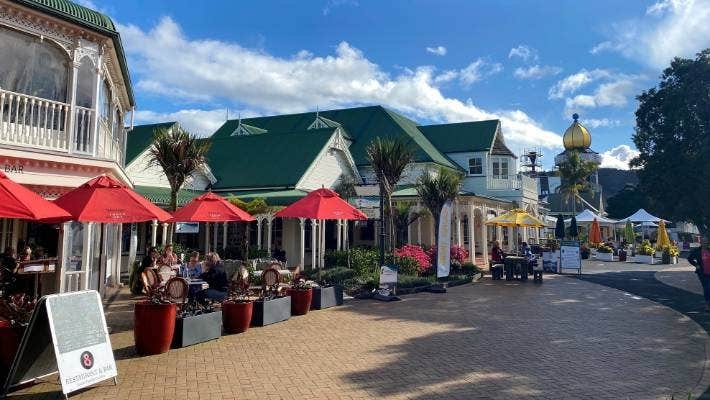
5.2 Claphams National Clock Museum
If you’re interested in history and technology, a visit to the Claphams National Clock Museum is a must. This unique museum houses a vast collection of antique and contemporary clocks, including rare timepieces and intricate cuckoo clocks.
5.3 Quirky Art Galleries
Whangarei’s art scene is alive and well, with a variety of galleries showcasing the work of local and national artists. Reyburn House Art Gallery, for instance, offers a diverse range of exhibitions, from traditional paintings to contemporary

